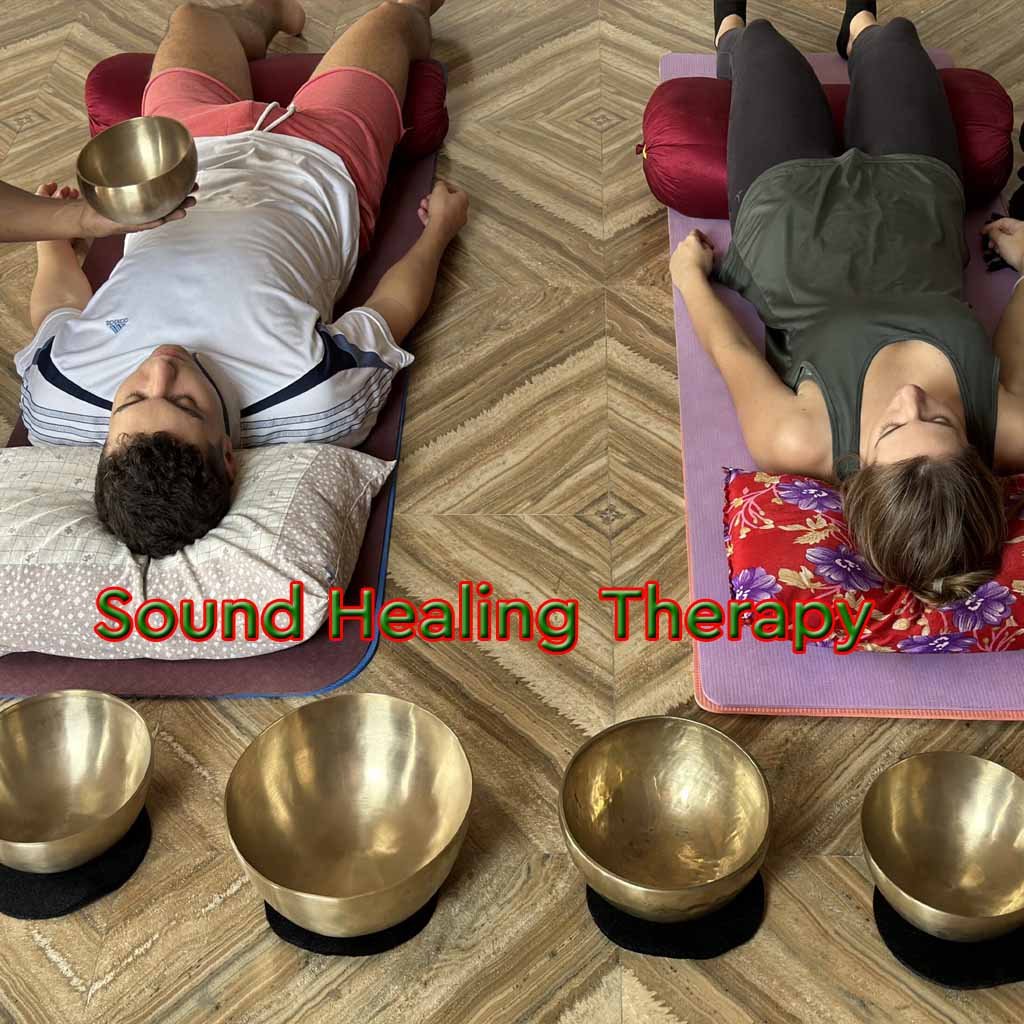sound healing therapy
In the hustle and bustle of modern life, finding moments of tranquility and balance can seem like an elusive dream. Yet, across cultures and centuries, sound has been recognized as a potent force for healing and restoration. Sound healing therapy is an ancient practice that harnesses the vibrational power of sound to promote physical, emotional, and spiritual well-being. In this blog, we’ll explore the fascinating world of sound healing therapy, its benefits, and how it’s practiced today.
What is Sound Healing Therapy?
Sound healing therapy is based on the principle that everything in the universe, including our bodies, is in a state of vibration. When these vibrations are out of harmony, it can lead to stress, illness, and imbalance. Sound healing aims to restore harmony by using the frequencies and vibrations of sound to resonate with the body’s natural rhythms.
The Benefits of Sound Healing Therapy:
- Stress Reduction: Sound healing therapy can induce a deep state of relaxation, helping to reduce stress and anxiety. The soothing sounds can calm the mind and promote a sense of peace and tranquility.
- Pain Relief: Certain frequencies of sound have been found to alleviate pain by stimulating the release of endorphins, the body’s natural painkillers. Sound therapy is often used as a complementary treatment for chronic pain conditions.
- Emotional Healing: Sound has the power to evoke emotions and memories, making it a powerful tool for emotional healing. Sound healing therapy can help release suppressed emotions, heal emotional wounds, and promote emotional well-being.
- Improved Sleep: Many people struggle with sleep disorders due to stress and anxiety. Sound healing therapy can promote better sleep by inducing a state of relaxation and helping to calm the mind.
- Enhanced Meditation and Mindfulness: Sound healing therapy is often used in conjunction with meditation and mindfulness practices to deepen the meditative experience. The sound vibrations can help quiet the mind and enhance focus and concentration.
How is Sound Healing Therapy Practiced?
Sound healing therapy can take many forms, including:
- Tibetan Singing Bowls: These ancient bowls produce a rich tapestry of harmonic overtones that resonate with the body’s energy centers, or chakras, promoting balance and healing.
- Tuning Forks: Tuning forks are precision-crafted metal instruments that produce specific frequencies when struck. They are used to target specific areas of the body or energy centers for healing.
- Voice Therapy: The human voice is a powerful instrument for healing. Sound healers use vocal techniques such as chanting, toning, and mantra repetition to create healing vibrations.
- Gongs and Drums: Gongs and drums produce deep, penetrating sounds that can induce a state of deep relaxation and promote healing at a cellular level.
In Conclusion:
Sound healing therapy offers a holistic approach to health and well-being, addressing the interconnectedness of mind, body, and spirit. Whether you’re seeking relief from stress, pain, or emotional turmoil, sound healing therapy offers a gentle yet powerful path to healing and transformation. By embracing the healing power of sound, we can cultivate greater harmony, balance, and vitality in our lives
sound healing therapy
Sound healing therapy has gained popularity in recent years, and many people attest to its effectiveness in promoting relaxation, reducing stress, and supporting overall well-being. While scientific research on sound healing is still emerging, there is evidence to suggest that certain aspects of sound therapy can indeed have positive effects on the body and mind.
1. Stress Reduction: One of the most widely recognized benefits of sound healing therapy is its ability to induce a state of deep relaxation, which can help reduce stress and anxiety. The soothing sounds of instruments like Tibetan singing bowls, gongs, and tuning forks can calm the nervous system, promoting a sense of peace and tranquility.
2. Pain Management: Studies have shown that sound therapy can help alleviate pain by stimulating the release of endorphins, the body’s natural painkillers. Certain frequencies of sound have been found to have analgesic properties, making sound healing a promising complementary therapy for chronic pain conditions.
3. Emotional Healing: Sound has the power to evoke emotions and memories, making it a powerful tool for emotional healing. Sound healing therapy can help release suppressed emotions, heal emotional wounds, and promote emotional well-being. Techniques such as chanting, toning, and mantra repetition can be particularly effective in this regard.
4. Improved Sleep: Many people struggle with sleep disorders due to stress and anxiety. Sound healing therapy can promote better sleep by inducing a state of relaxation and helping to calm the mind. Listening to calming music or white noise before bedtime can help create a conducive environment for restful sleep.
5. Enhanced Meditation and Mindfulness: Sound healing therapy is often used in conjunction with meditation and mindfulness practices to deepen the meditative experience. The sound vibrations can help quiet the mind and enhance focus and concentration, making it easier to achieve a state of mindfulness.
While individual experiences with sound healing therapy may vary, many people find it to be a valuable tool for promoting relaxation, reducing stress, and supporting overall well-being. As with any complementary therapy, it’s essential to approach sound healing with an open mind and to consult with a qualified practitioner if you have any specific health concerns. With its gentle yet powerful approach to healing, sound therapy offers a holistic path to greater harmony, balance, and vitality.

